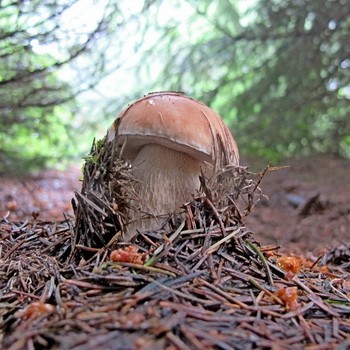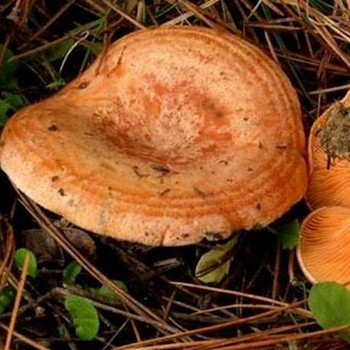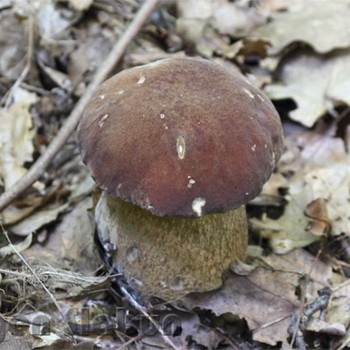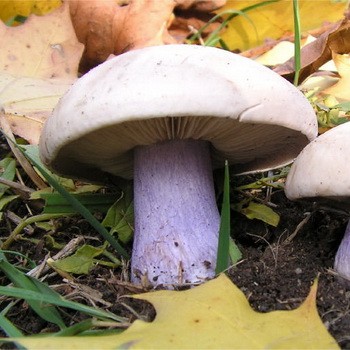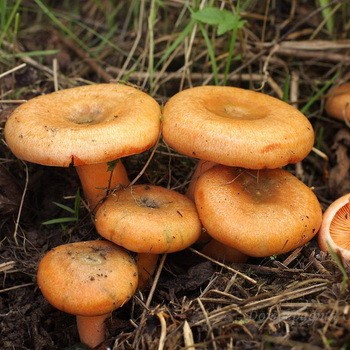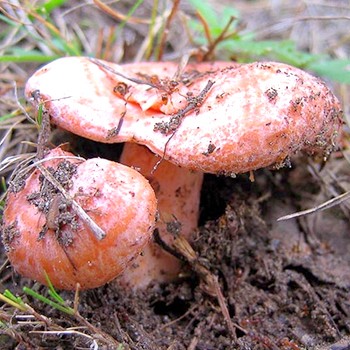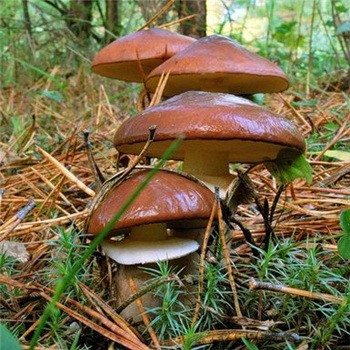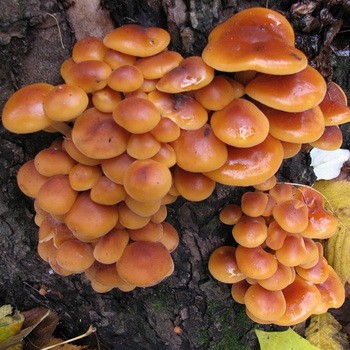The places of growth of saffron mushrooms and the harvest season
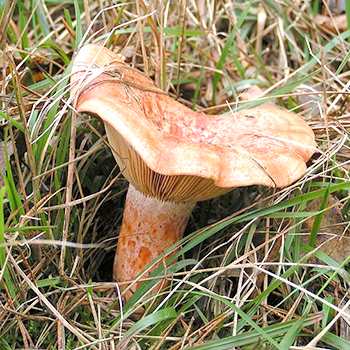
All lovers of the “silent hunt” know that the quality and abundance of the forest harvest will depend on various factors. In particular, you need to know in which forests mushrooms grow. First of all, it is worth noting that these fruiting bodies are found almost throughout the territory of the Russian Federation. In addition, mushrooms are popular in Ukraine, Kazakhstan, Belarus, as well as in Moldova.
Content
The habitats of saffron mushrooms: in which forests do these mushrooms grow
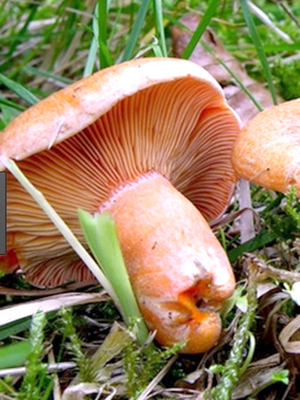
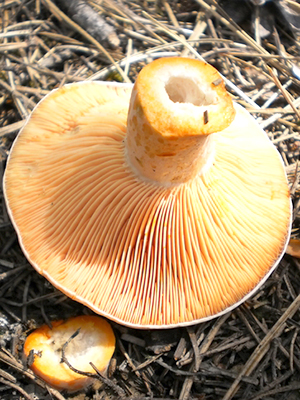
There are two main types of camelina - spruce and pine. From this we can conclude exactly where mushrooms mushrooms grow, in which forests. But it is known that these fruiting bodies settle not only in coniferous forests. So, they can often be found in mixed forests. It should be said that camelina will grow even in those mixed forests where coniferous species of trees are present in small numbers.
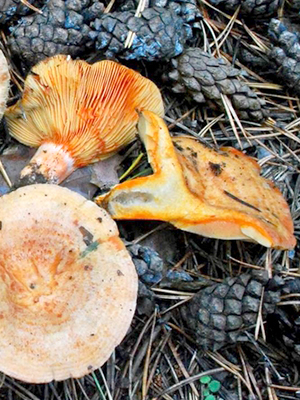
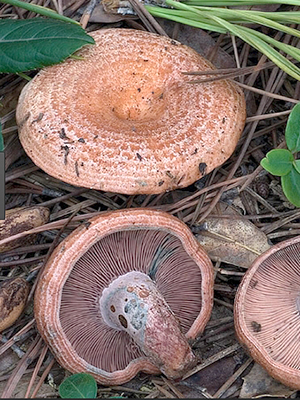
In contrast to the “royal” porcini mushroom, which prefers only mature forests, saffron milk leaves loves young growth: pine, fir, cedar and spruce.
And if the spruce camelina grows mainly in the forest, then the pine species can settle even near a single tree growing in a park, square or city.
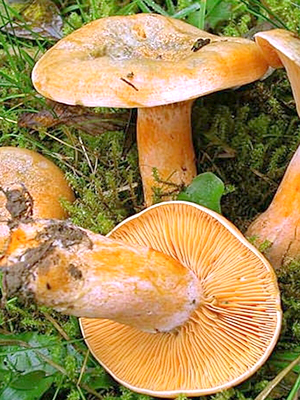
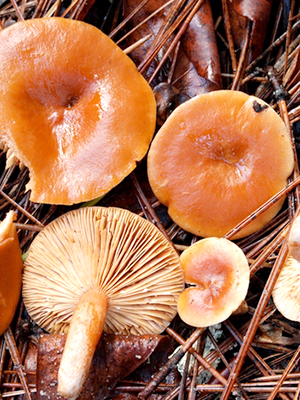
As already mentioned, saffron mushrooms grow in large groups, but single individuals come across, which is extremely rare. Interestingly, these deciduous mushrooms are also found in deciduous forests if at least a few conifers live there.
So, it is better to look for mushrooms in the coniferous and mixed forests, especially in those areas where small forests are noted. Mushroom pickers with experience know where and in which forest mushrooms grow.
Therefore, in order not to wander in search of their favorite mushrooms, novice "hunters" can ask their more experienced colleagues what roads lead to hot places.
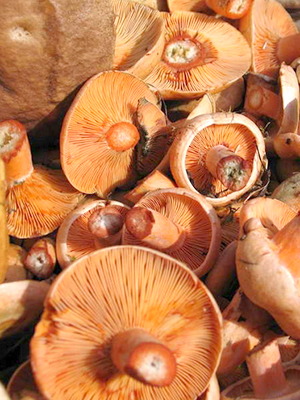
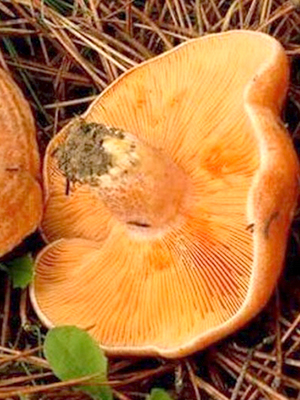
Some fans of the “silent hunt” prefer to look for mushrooms first of all on the north side of the tree. In their opinion, it is here that the largest and strongest fruiting bodies grow. In addition, saffron mushroom has a companion mushroom - an oiler, growing near pines. Having found a tree with such mushrooms in June-August, return to this place in a month or two (August-September). With a high probability it will be possible to collect a good crop of young and beautiful saffron milk mushrooms.
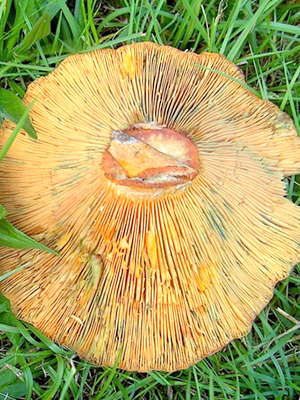
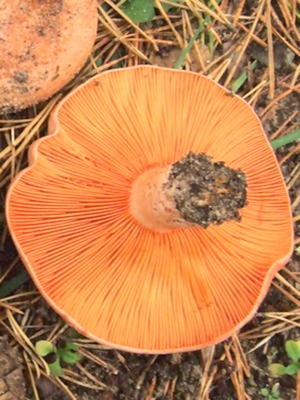
In more detail about in which forests mushrooms mushrooms grow, it is possible to look at a photo. These fruiting bodies have different shades of hats, however they all correspond to their name. The color of camelina will depend on the specific type of tree with which it forms mycorrhiza.
In addition, climatic conditions, harvesting time, and age of the fungus can affect color.So, the color of camelina varies from a light orange and red tint to red and saturated copper. The surface of the cap of the old mushroom sometimes acquires a greenish color.
The video below also shows in which forest mushrooms grow and how they look.
What other places like mushrooms?
Having decided on a trip to the forest, you need to find out in which exact places mushrooms mushrooms grow. I must say that some instances can be noticed quite simply, while others hide well. Therefore, you need to walk through the forest carefully and look under your feet so as not to damage the fruiting bodies. Having found only 1 camelina, take a look around: there are sure to be several more specimens nearby.
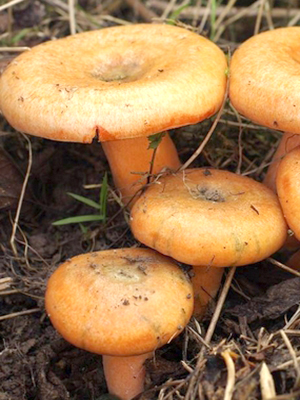
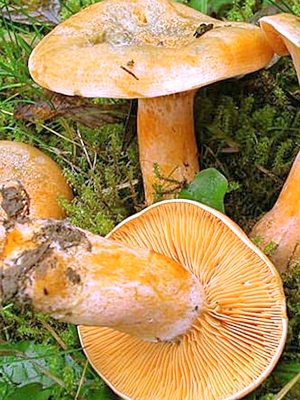
As for the habitats of saffron mushrooms in the forest, they prefer sandy soils. They settle in moss or short grass. Sometimes they are really hard to notice in the grass, even despite the bright hat, so it is advisable to “arm” with a special wand. With this “tool” it’s very convenient to move the blades of grass and fallen needles, in which fruiting bodies can also hide. So, having come to the forest, it is recommended to pay attention to the tubercles and small appearances, where, most likely, a pleasant "surprise" awaits. Often, saffron mushrooms also grow on young forest felling.
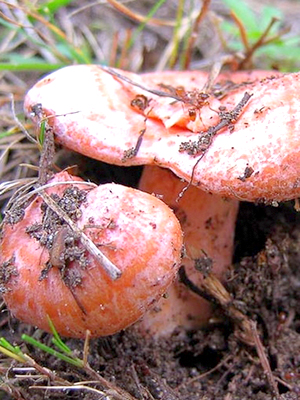
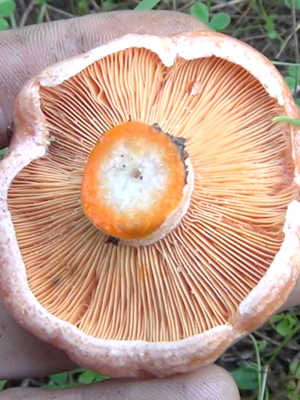
Once in a coniferous or mixed forest, you should also find the edge, clearing or open meadow, illuminated by the sun.
For example, among the places of growth of camelina can be noted overgrown fields, which have already settled shrubs and small spruce.
Often these mushrooms are found on the edges of forest roads and along long ditches, where the sun warms the earth well.
The camelina grows especially in large numbers among conifers, the height of which does not exceed 5 m.
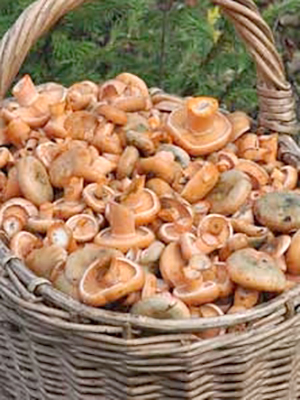
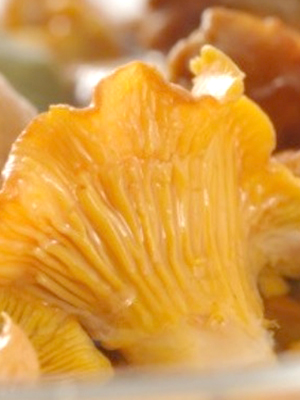
It is also important to note which places the mushrooms do not like. So, they do not tolerate waterlogged soil and shady areas. In such areas, it makes no sense to look for your favorite mushrooms, even if conifers grow nearby.
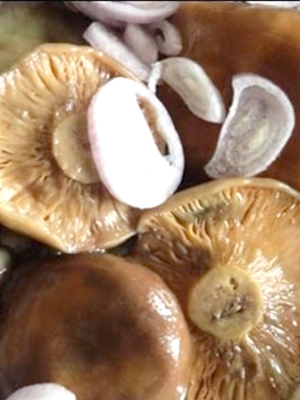
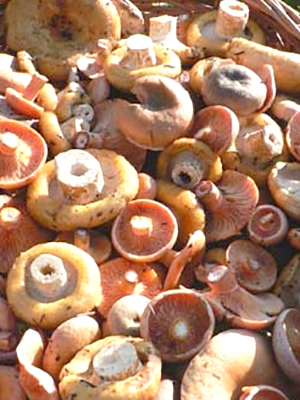
Knowing the places where saffron mushrooms grow, every connoisseur of "silent hunting" will be able to secure a good mushroom crop.
To what temperature do mushrooms grow in the forest and when to pick mushrooms
Traditionally, mushrooms grow from July to September. However, favorable weather conditions can prolong their bearing. So, for example, if the weather allows, then the first fruiting bodies can be found in June, and the last - in early November. The season of collection of camelina falls on the months of August and September.
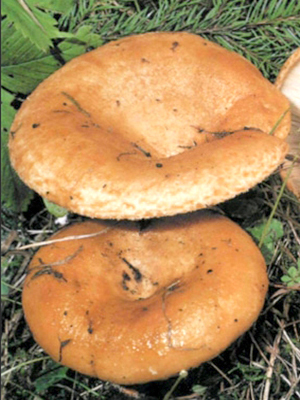
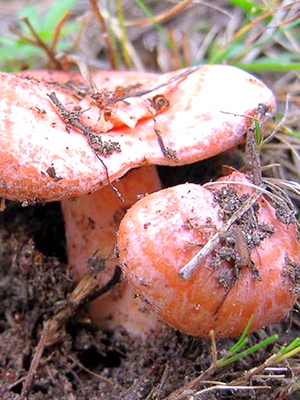
Some novice mushroom pickers may wonder at what temperature mushrooms grow in the forest? It is known that this mushroom is very fond of heat and sunlight. Favorable temperature for abundant growth of saffron milk cap - not less than + 10 ° С. As a rule, after the first frosts, the mushrooms completely disappear.
Incidentally, it is recommended to collect mushrooms in the early morning, when the dew on the grass has not yet evaporated. In this case, the caps of the fruit bodies will shine in the sunlight, which means that they will be clearly visible. In addition, cutting mushrooms is not recommended, this can damage the mycelium. It is best to gently unscrew the fruit body from the ground in a clockwise direction.
